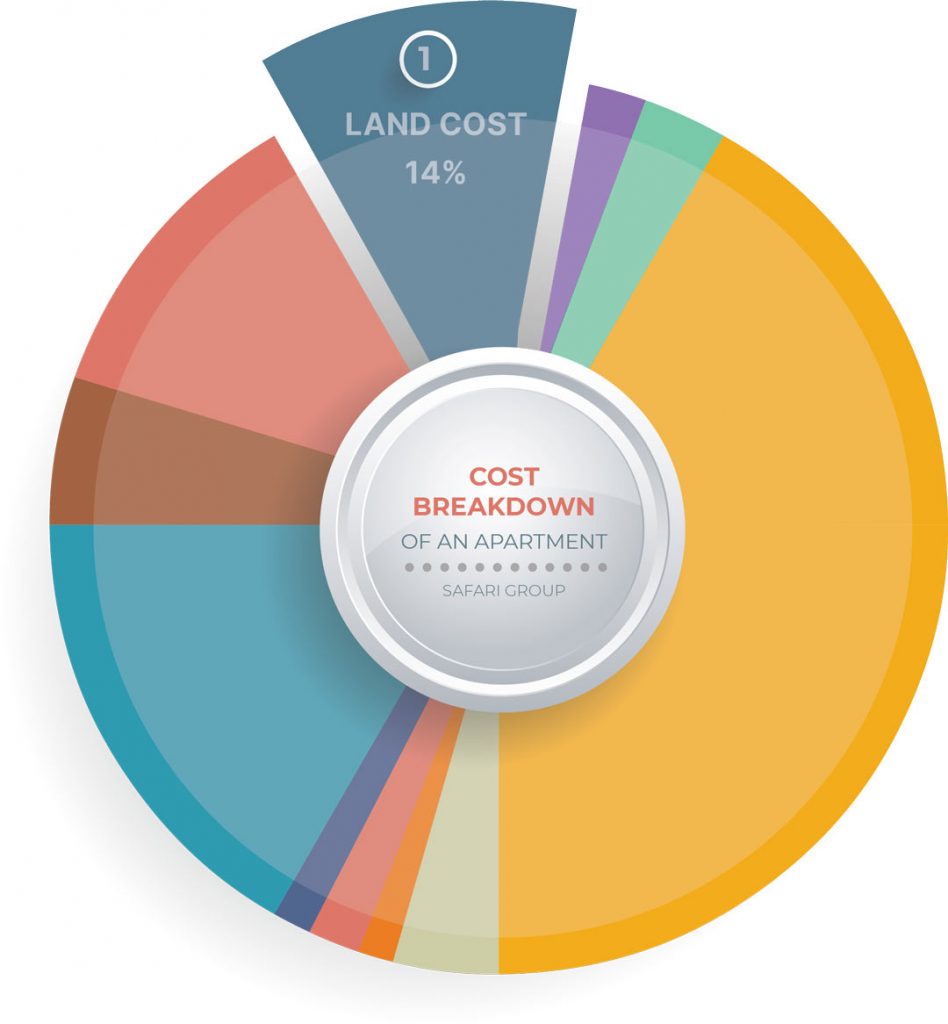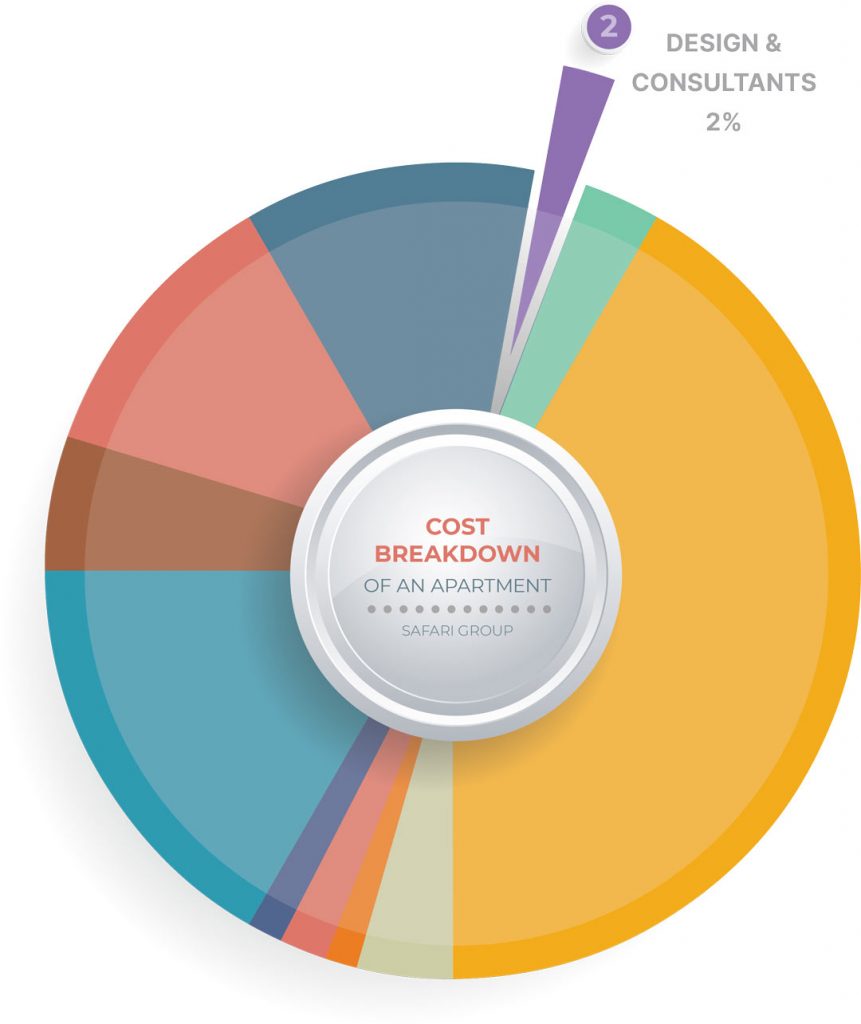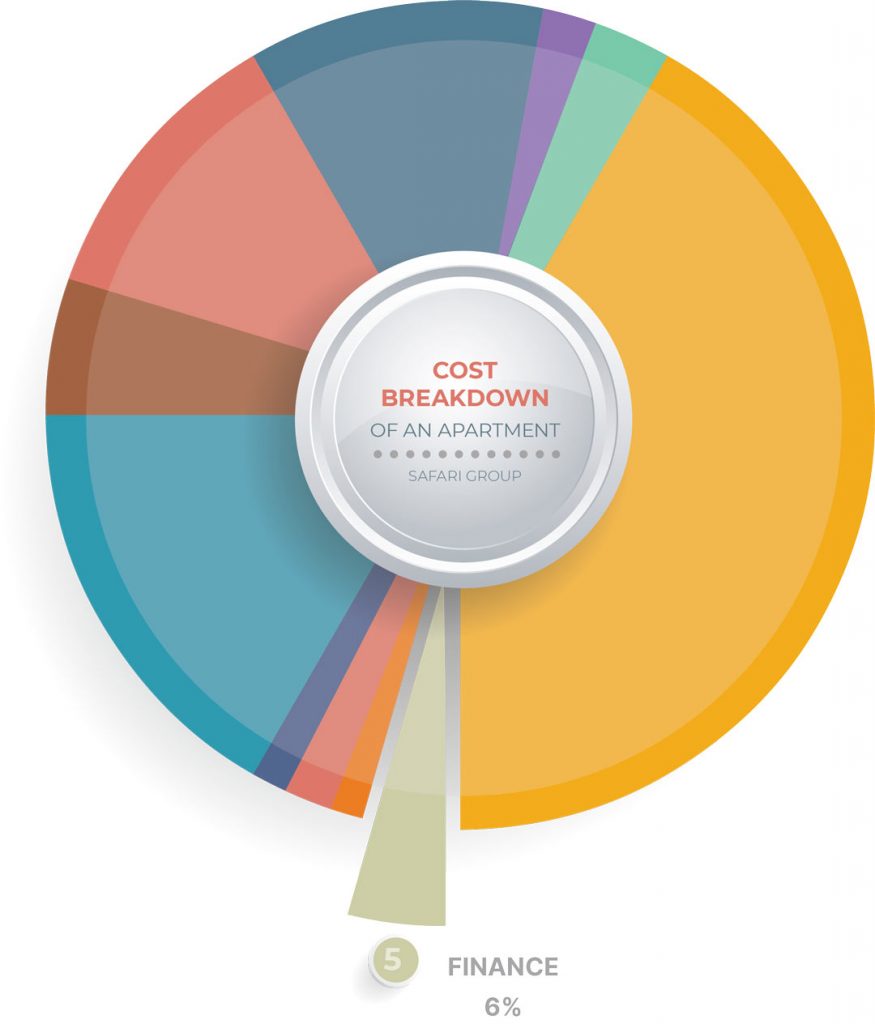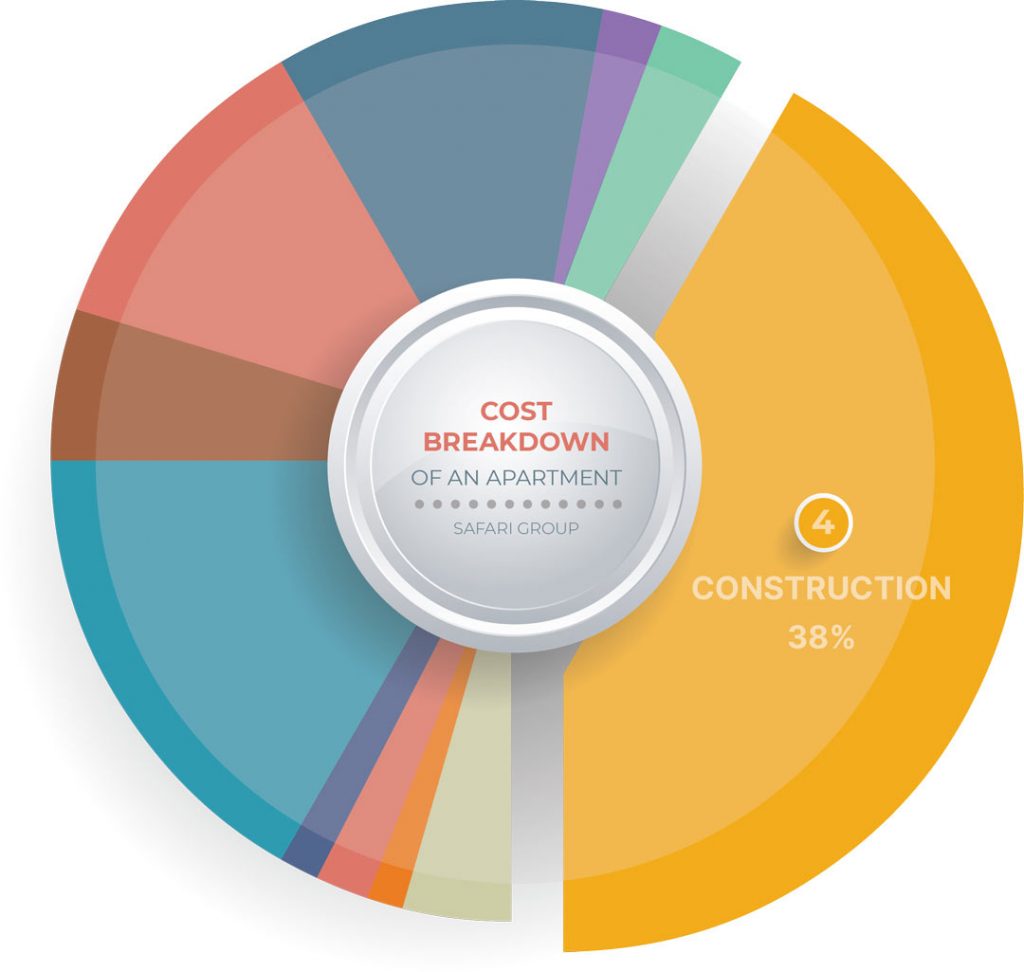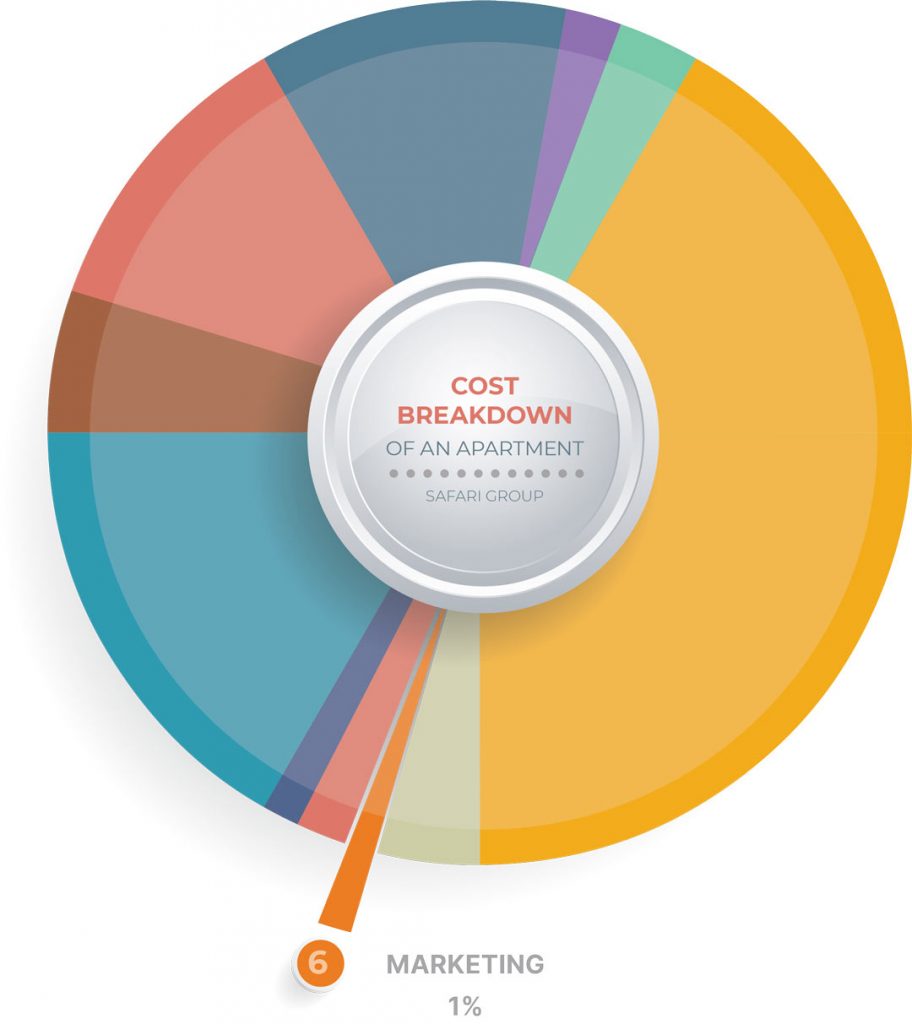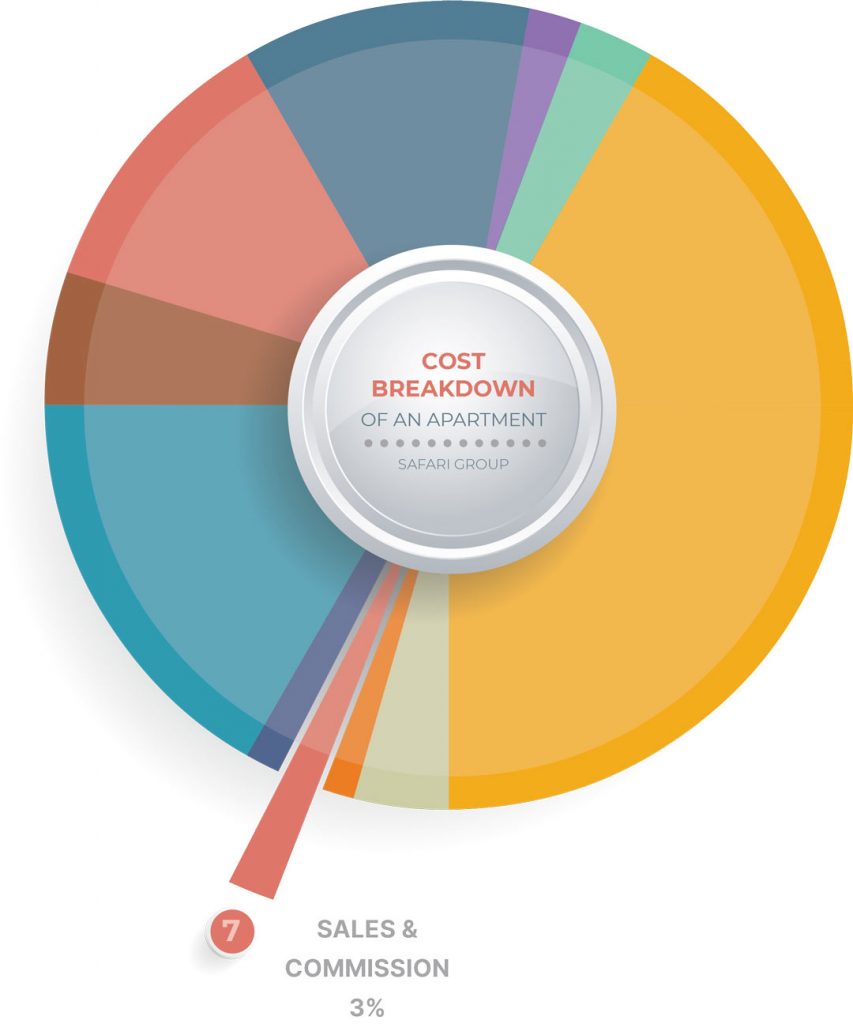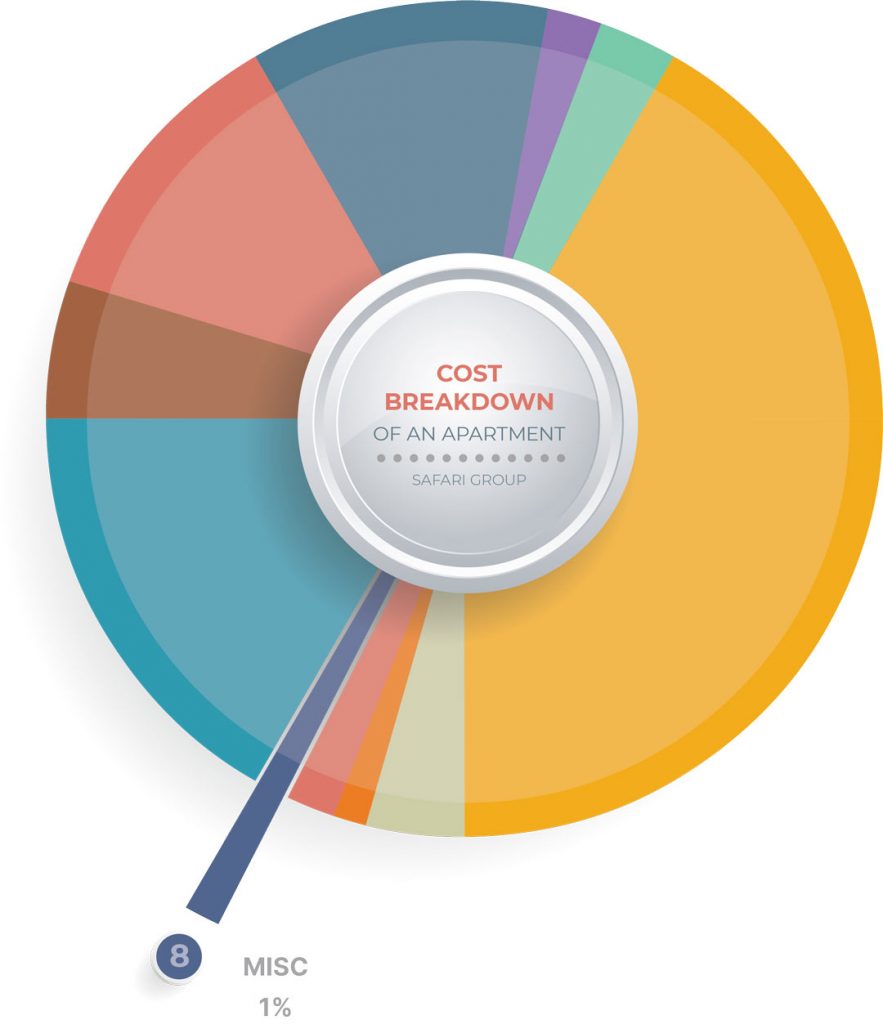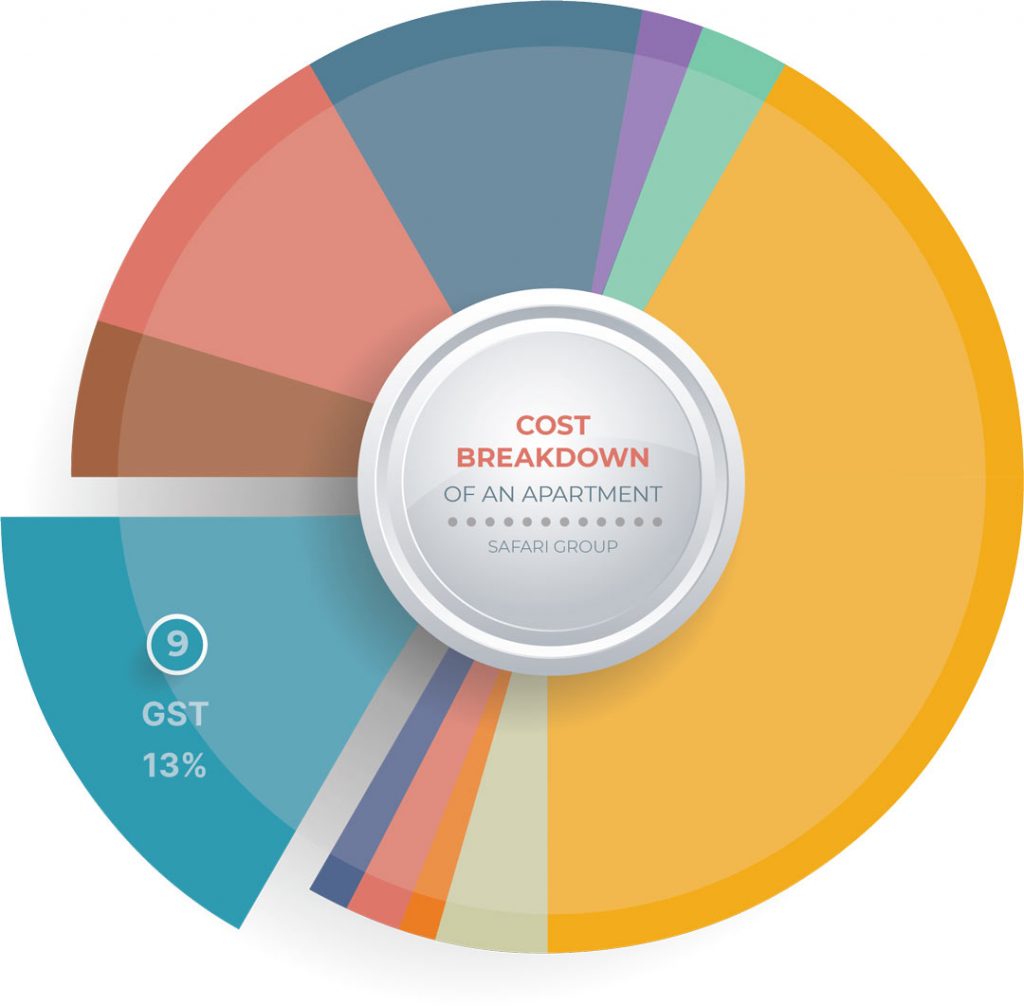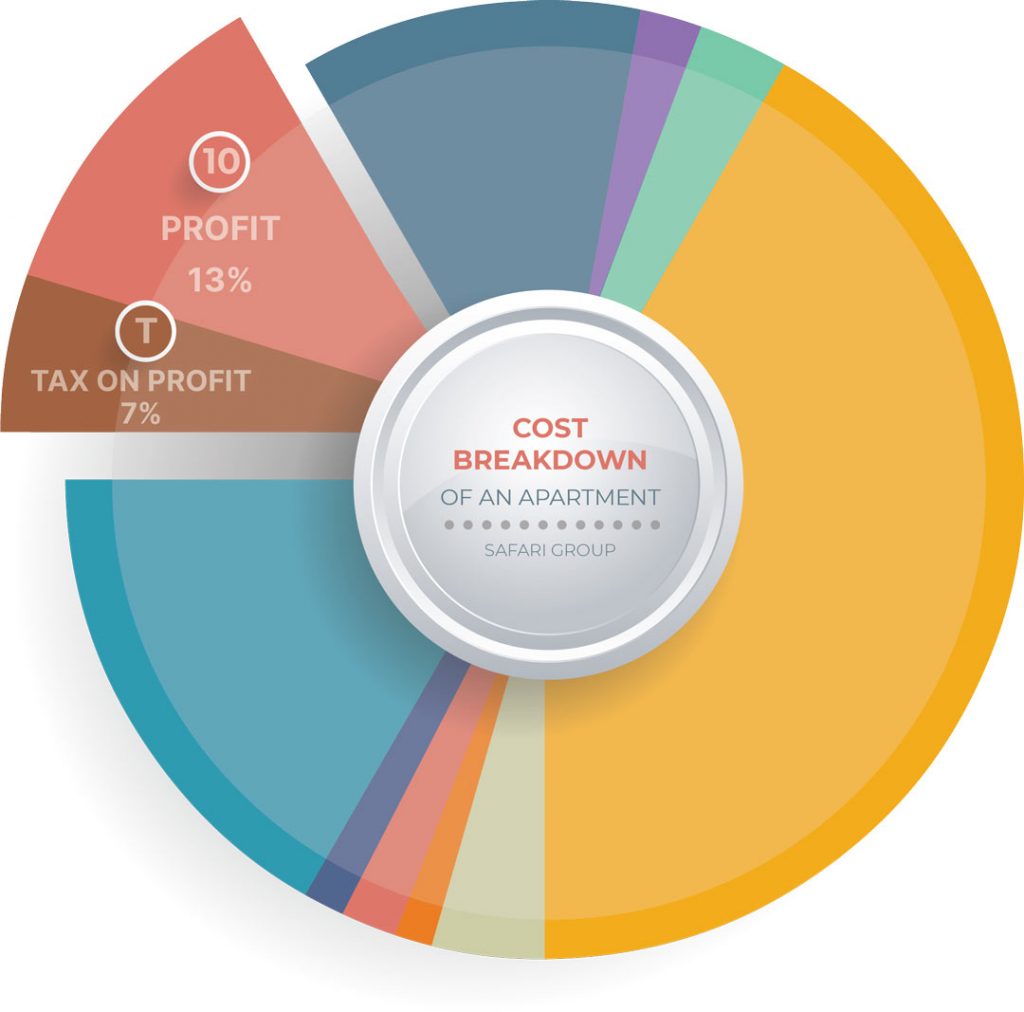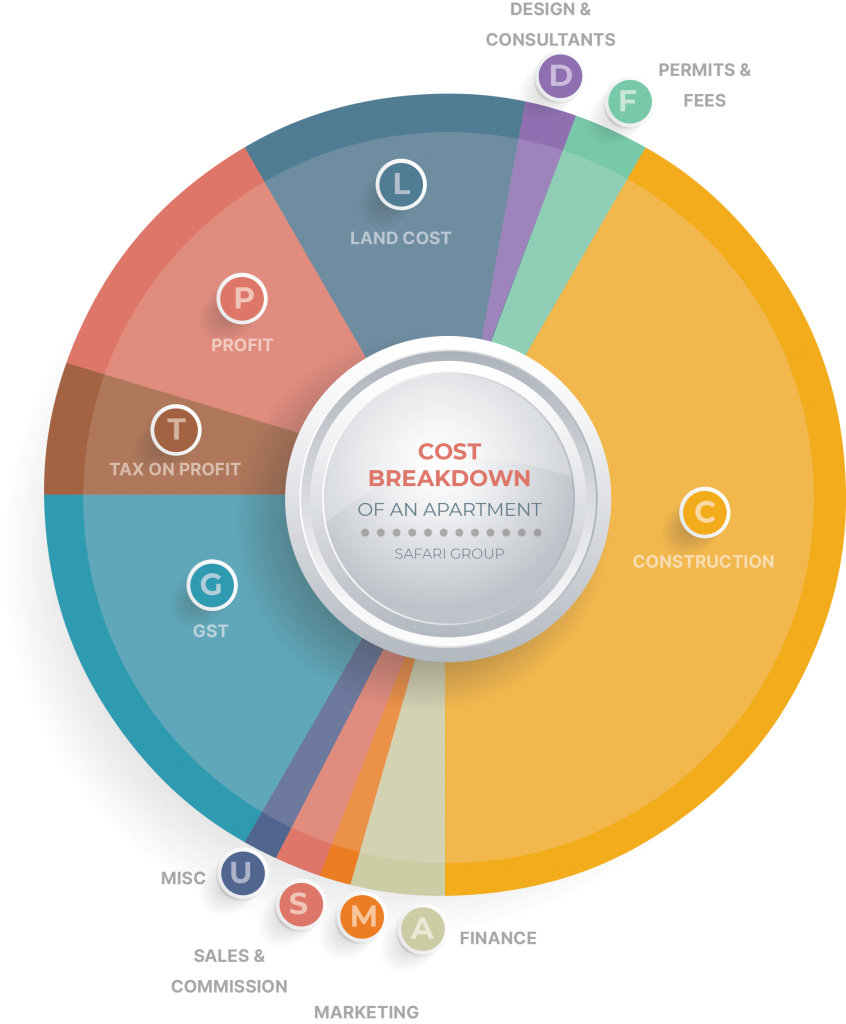Purchasing an apartment is something that most people do, without ever really contemplating what factors make up the relatively substantial price tag. There are only a few purchases in a person’s lifetime at the value of property, so I thought it time we break down the costs.
Let’s start with the end product…
You’ve made the decision to purchase ‘off the plans’ a 45 square metre, 1-bedroom apartment with a carpark in Parnell, Auckland for $750,000. Let’s pretend that this apartment is one of 70 in the project – if we assume that each apartment has the exact same value, then the total project value can be estimated at $52.5 million dollars.
As a purchaser of an off the plans project, you put your 10% deposit ($75,000) down in January 2021, with an expected construction start of June 2021 and a targeted settlement date of January 2023. That’s two years from payment of the deposit to delivery of your apartment!
